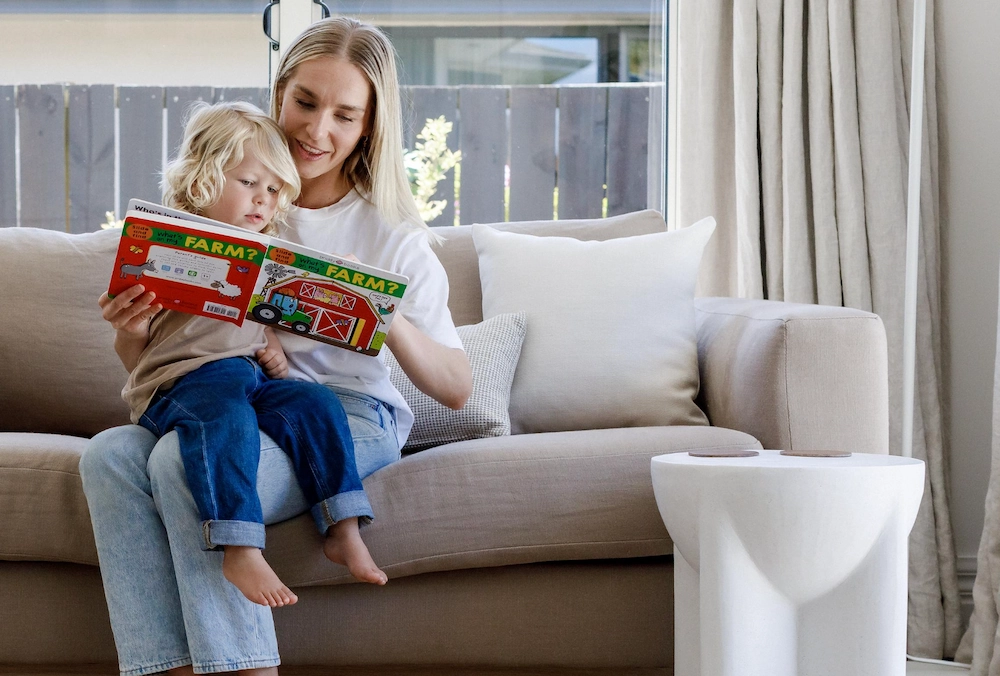Your favourite flooring option might just be named after your favourite beach. Explore our Coastal vinyl plank range.
Wet areas such as kitchens, bathrooms and laundries experience frequent spills, splashes, and humidity, so you need flooring that can stand up to moisture while maintaining durability and style.
When choosing flooring for high-moisture areas such as kitchens and bathrooms, water resistance is essential but waterproof is ideal.
Key Differences between Water resistant and Waterproof:
Water-Resistant: Protects against light spills and short-term moisture exposure. Needs quick clean-up to avoid damage.
100% Waterproof: Can handle standing water for extended periods without swelling, warping, or degrading, making it much more durable in wet environments.
What are the options?
Solid timber floors are a popular choice for kitchens but do come with a large price tag. They are generally not recommended for bathrooms, as timber can absorb moisture, compromising its structural proerties and appearance.
Ceramic tiles are a popular flooring choice for kitchens and bathrooms because of their waterproof properties. However, they can be quite hard and may not provide the most comfortable surface underfoot, especially in high-traffic areas.
Most laminate floors now come with water-resistant surfaces, featuring a top layer that protects against spills and surface water. However, the core is typically made from fiberboard, and is not fully waterproof. If water seeps through seams or edges, it can cause the core to swell and lead to long-term damage. While waterproof laminate can be suitable for kitchens and bathrooms when installed correctly and sealed, it’s essential to promptly clean up any spills to prevent issues. Laminates are available in various styles, ranging from natural wood to tile looks.
Hybrid flooring, like Woodland Lifestyle’s Strata Premium Hush, is designed with a completely waterproof core and surface. This means even if water seeps between the planks, the core material will not swell or degrade. Hybrid floors are a great choice for wet areas. Hybrid floors usually have a stone plastic composite (SPC), which is highly durable and resistant to moisture. This makes hybrid flooring fully waterproof, not just on the surface but throughout the entire structure. Additionally, Strata Premium Hush flooring includes an attached underlay that enhances acoustic properties and provides a softer feel underfoot.
What’s better for my space? A Water Resistant Laminate or a Hybrid Flooring?
It is essential to consider all aspects of the space where you plan to install flooring before making a final decision. While hybrid flooring offers excellent waterproof properties, it can be prone to fading when exposed to strong sunlight. If your space receives a lot of direct sunlight throughout the day, laminate flooring may be a better choice. Laminates are highly resistant to fading and warping from intense heat, such as that of the New Zealand sun.
Explore more about our Hybrid and laminate ranges or if you are still unsure which flooring range is best suited for your space, take our flooring finder quiz.

